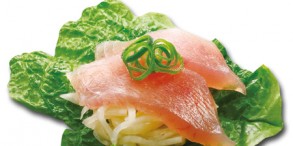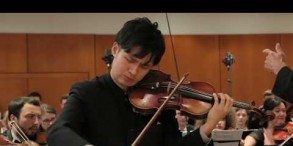5 Artificially Reared Raicho Chicks Lost in Japan
Snow grouse, rock ptarmigan, or commonly called Raicho in Japan is the official bird of Toyama Prefecture and a protected species nationwide. Dubbed God's messenger, Raicho seasonally camouflages and lives in the barren habitat of higher elevations. Some 2,000 or so are known to live wild in Japan and often fall a prey to crows and foxes. Global warming threatening its living environment, Raicho is facing extinction in Japan like Japanese crested ibis and stork.
In 2008, an artificial rearing project started at Ueno Zoo in Tokyo. Related species in the nordic region were bought into the experiment and build experience in artificial rearing.
In June this year, the Environment Agency collected 10 eggs from Mt. Norikura (Nagano and Gifu), delivered five each to Ueno Zoo and
Toyama Family Park. Nine of them hatched, one died in Toyama and eight kept on surviving for over eight months.
Then an accident happened in Ueno: from the end of August onward, all five chicks died one after another.
Mortality is said to be over 80% in the wild. The agency regrets the outcome but says the project helped acquire vital information on artificial reading.
The last two chicks apparently died of digestive and respiratory disorders and it was suggested that intestinal bacteria might have some role to play. In the wild, chicks feed on parent birds' droppings to inherit intestinal bacteria. Survival rate may depend on the amount of parent birds' contact with the eggs.
Ueno Zoo collected eggs unblooded while Toyama had all five ready brooded. Three chicks are still surviving in Toyama.
Prof. Kazunari Ushida of Kyoto Prefectural University points out the case of antibiotics killing intestinal bacteria. Zoos often use antibiotics to control infection.
Hon. Prof. Hiroshi Nakamura of Shinshu University points out yet another factor affecting Raicho's survival. Wild Raichos feed on rhododendron and such poisonous plants but would not die as intestinal bacteria counteract the poison, he points out.
"When returning artificially reared young Raicho to the wild, we must make sure to provide sufficient amount of intestinal bacteria", Prof. Nakamura points out, "otherwise, they will die the moment they feed on rhododendron".
Intestinal bacteria is the key to the artificial rearing of Raicho, so it seems.
News Souce: Asahi Shimbun










